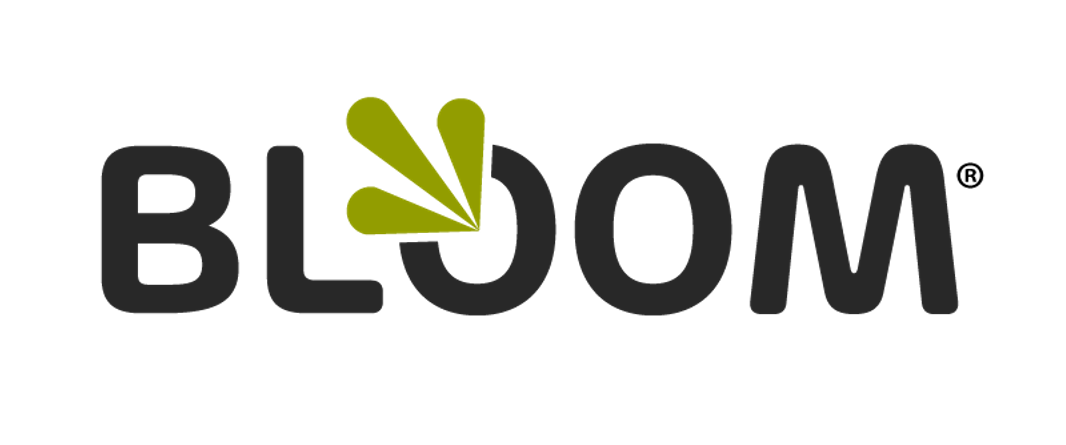Ready, Set, Go! An Introduction to Job Matching
Job matching is ultimately a collaborative support process.
The keys to understanding and implementing a unique competitive advantage are to define your organizational goals and expectations and to know your people and support their growth. Integrating these two ideas is a powerful, effective method for increasing efficiency, improving performance beyond your expectations, and as a result retaining your best people.
Before we get to how to match people with jobs, let’s take a step back.
Any business initiative can be derailed without committed purpose and people supporting the necessary actions. The overarching reason for failure is a lack of understanding of these two elements. Specific issues include:
Not identifying and/or consistently communicating a common purpose
Losing focus on priorities
Too much responsibility in too few of hands
Too little attention to detail
Poor matches of people to jobs
Lack of individual ownership toward change
Pessimism
Erosion of innovation and creativity
Complacent leaders without vision
Leaders must work to develop clear, understood purpose and actively align employees and roles with initiatives, otherwise hard work will continually be wasted effort, which in turn will deplete employee morale and retention.
How to get started matching people with the right jobs
Job matching requires meticulous detail in developing a process that is consistently implemented throughout your organization. We find that the best approach is to start in one specific area that is experiencing problems and adapt the following steps to your organization’s needs.
Three Phases of Development: Ready, Set, Go!
To prepare the development of your job matching process, start with completing the following steps:
Get Ready: Inspect and reinforce your organization’s foundation
Utilize a process to set specific organizational goals
Develop a three-year vision and set up one-year goals for the organization and for individual departments
Learn about your employees! Support managers with processes and tools for learning, understand each person by using assessments, and comprehend and track their short- and long-term goals
Get Set: Articulate specific expectations for your job matching process
Create job centers for each department by categorizing the main functions in each department. For example, separate job centers in a product department may include line operators, shipping, receiving, and packaging.
Detail specific job profiles in each job center, specifying the responsibilities, competencies (i.e. skills, talents, and attitudes), work environment, and training and education requirements.
Go: Integrate the information from steps 1-5 to match people to specific jobs
Use a methodology to match your employees with the job profiles
Dialog with each employee to discuss fit
Set goals (3, 6, and 12 month) with each employee
Create a communication plan for each employee to discuss progress
Always reward accomplishments with a consistent company reward system
Introducing job matching to your employees
It’s important that a job matching program be a positive, non-threatening process. Here are some tips to achieve that:
Leadership must communicate the program and already be successfully implementing job matching with their managers
Leaders must be involved in the training process by sharing their personal experiences implementing the program and the desired expectations
Don’t enforce the whole system at once. Find a specific starting point, and introduce it bit by bit over a year or longer. You may want to break your job matching process into phases and sequentially introduce each phase throughout the organization, or you may want to implement the complete process one department at a time.
For additional tips and more extensive information let us know, and we will send you an article that includes details about leadership involvement, implementation, feedback loops, and collaborative support.
